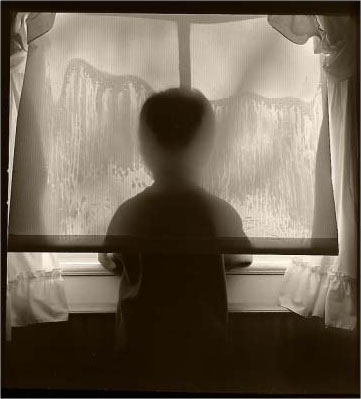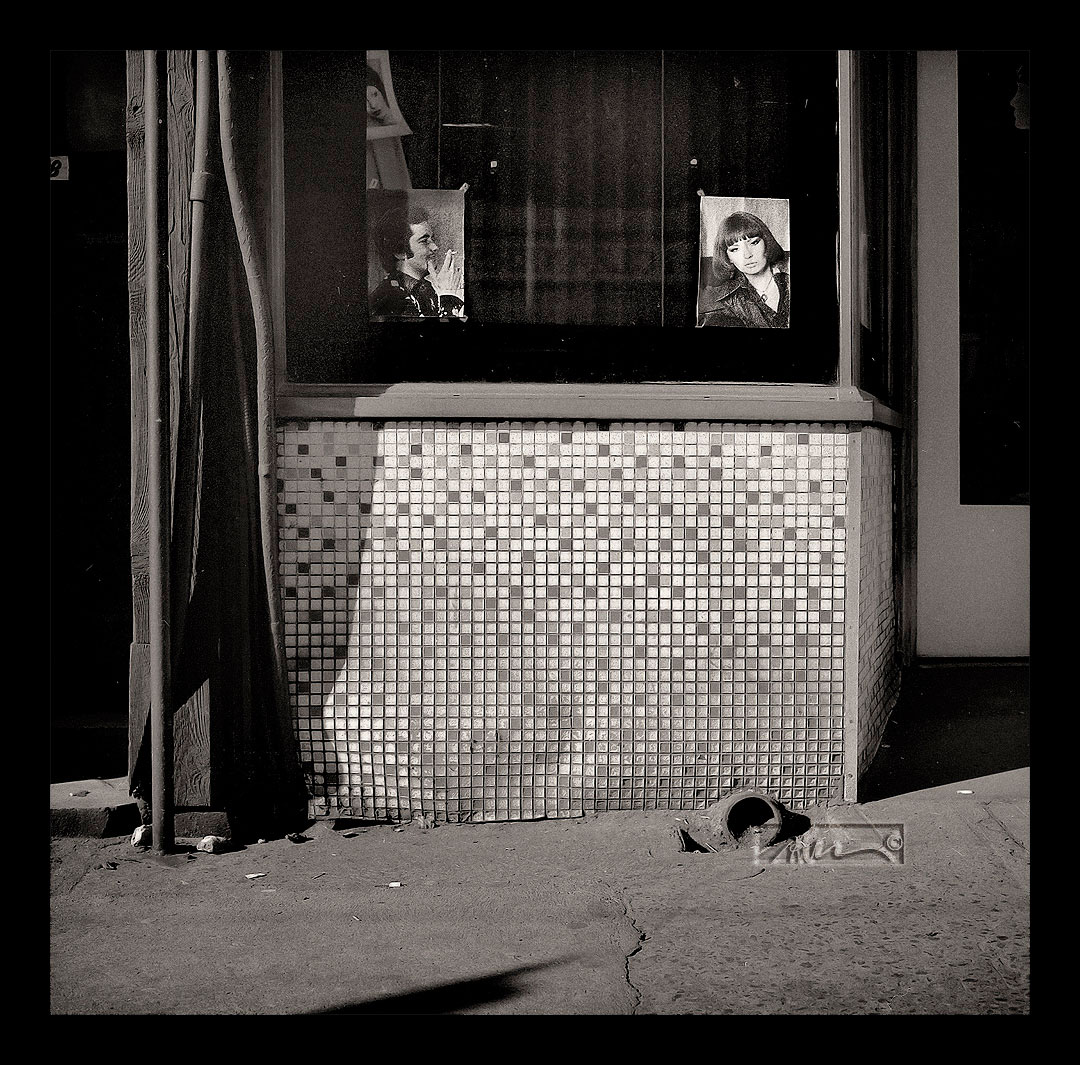There was a time when…’twas Hip to be Square. Personally, I think it still is!
There was a time when it was hip to be a square format photographer. The square format was a wonderful way to make photographs.
There are many things that the younger generation of photographers may never know or appreciate about film cameras. At least for some of us, digital has changed the things we loved about film formats. Now it seems that everyone has similar looking images, all of the pictures are the same 3:2 or 4:3 aspect ratio and the cameras are way to complex. Digital has made everything more uniform, overly precise, technically more complicated and in many ways it has had the effect of diminishing what I believe was the photographic experience.
I have always loved the square format.
Many of the greatest photographers in this world used this beautiful format to create their amazing imagery. Photographers such as Diane Arbus, Emmet Gowen, Lee Friedlander, Harry Callahan, and Irving Penn were all masters of the square and without them knowing it they were mentors for many others through their work. I am sure that their photographs would not be the same if they had used modern digital framing. I am sure that we would have great images from them but they would not be the same as the ones they produced with 6×6.
Yes, I know I just wrote about large format as being a favorite format. But truth be told, I love them all.
Very different in the way it sees the world; the aspect ratio of 1:1 requires a slightly different compositional approach to make the images work. Many find this format limiting and static because it is more difficult to create using conventional proportions. Normal balance and compositional rules seem to fly out the window. But this is a welcomed challenge for the users of this format. When it works, it is amazing. In the wrong hands it can be disastrous. In the right hands with a well-trained and creative eye the square composition can’t fail.
Due to the popularity of rectangular 5×7 and 8×10 prints, most photographers used the square format to capture their subjects only to crop the images to a rectangle in the darkroom. The square for them allowed for some wiggle room so to speak. These users thought that because they were using a large negative, they had the resolution to allow them to crop later. Professionals relied on the square to allow them to crop to the aspect best suited for layout in magazines and catalogs. It was an actual selling point for square format.
Today, you can have a high-resolution medium format square sensor digital camera if you have a ton of money. Kodak and other manufacturers have been making them for some time. They are very expensive, and as such there are not many users. Larger sensors are expensive to make in part because there is a smaller user base. That may change as digital photographers learn the nuances of aspect ratios and demand sensors of different proportions.
My wonderful little Olympus EP1 allows me to shoot a square format as viewed on the view screen, but produces a rectangular image that I have to crop in the computer. Once cropped, I end up with a smaller file size. This is not the same experience as shooting and seeing a square. But at least this manufacturer understands the desire for square images and provides me with a shooting option. At this point in time, there are others that provide a similar square cropping for JPEG images, which can be viewed on the view screen as a square. Again, this is not the same as a good old using a medium format square format film camera. Close perhaps, but not the same.
I always shot for the full frame of whatever format I was using. I still do that to this day. Digital only has so many pixels. Why throw any of them away? If square, shoot square and if rectangular shoot rectangular. To prove a point during the older days of 35 mm and 120-film photography, many photographers would print the black film border to indicate that they had used the full frame and that they had done all of the composition within the camera. The computer forced frames we see in many of today’s digital images originated from this idea. Nothing is new but many things are newly faked using the computer.
Usually produced on 120 film, there was an abundance of 6×6 centimeter or 4×4 centimeter cameras that dominated during a large portion of the film era. Cameras from Zeiss, Voigtlander, Agfa, Ansco, Kodak, Rollei, Mamiya, Yashica and others were the mainstay of medium format high end and professional photographic gear throughout the twentieth century.
During the 50’s and sixties, there were many cameras that produced square images. The Instamatic square format film cameras from Kodak and Agfa transformed the color snapshots taken by millions of users throughout the world. The Polaroid SX70 made square photography instantly gratifying. Throughout the history of film, there have been large format cameras that were built to produce square negatives using square film holders. In the 1950’s there were at least a few excellent 35 mm cameras that produced a square negative/positive. One of those was the Zeiss Tenax, which is still sought after by collectors and users.
Today, cameras such as the Holga and the Diana make fun use of the square format. Lomography has made a great market out of fun plastic cameras made in China that play off of unique capabilities such as multiple lenses, fisheye and square format. Many of the users think of the square as an artistic format, especially when using it for the soft focus that these particular simple cameras produce.
A very popular and fairly recent app or application for the Apple iPhone is called Hipstamatic, which simulates the full frame output of a simple camera such as the Diana. In these cameras and apps, people are finding fun and creative ways to play with very dreamy soft images that are different from the run of the mill rectangular images we have all become accustomed to seeing.
For a few obvious reasons the square is a shape that is great for circular subjects as well as subjects that are symmetrical. Portraits have for me been wonderful subjects for the square. The square can give many subjects a feeling of stature and grace.
I would hope that very soon, there might be a digital camera that is produced to mimic the wonderful capabilities of the 1:1 format that many of us have grown to love, while others are not even aware.
I would look forward to simple, square and digital versions of the trusted old Hasselblad, Rollei, Mamiya, Bronica, Yashica or any of many square format cameras made by a slew of great camera manufacturers. Give me the square format in a high-resolution sensor and I’m sure I would be a pretty happy shooter.
Personally, I think square is perfect! Personally, I think square is perfect!
–
You can read about my book “Rethinking Digital Photography” here.
Please have a look at some of my other posts here.
NOTICE of Copyright: THIS POSTING AS WELL AS ALL PHOTOGRAPHS, GALLERY IMAGES, AND ILLUSTRATIONS ARE COPYRIGHT © JOHN NEEL AND ARE NOT TO BE USED FOR ANY PURPOSE WITHOUT WRITTEN CONSENT FROM THE WRITER, THE PHOTOGRAPHER AND/OR lensgarden.com. THE IDEAS EXPRESSED ARE THE PROPERTY OF THE PHOTOGRAPHER AND THE AUTHOR.




John, wonderful article! I used to love shooting with my Rolleiflex SL26 with it little Zeiss lens and it’s square photos, it was such a cool little camera till Kodak orphaned the camera when they stopped making 126 film.